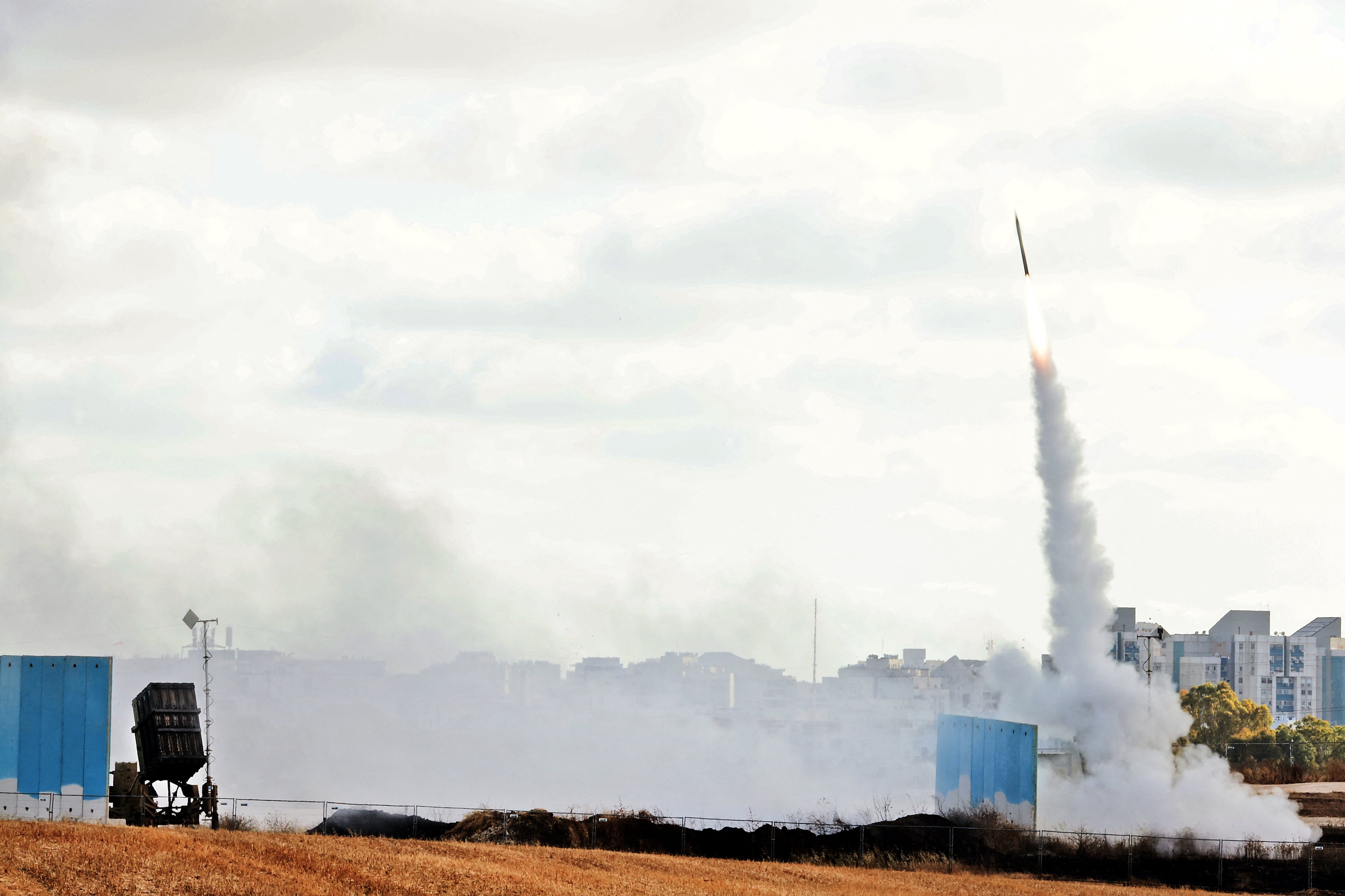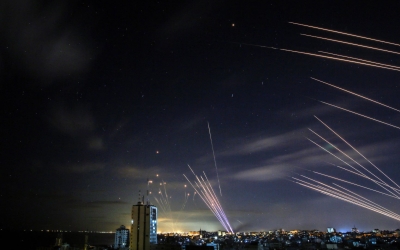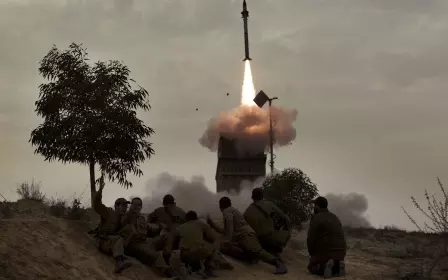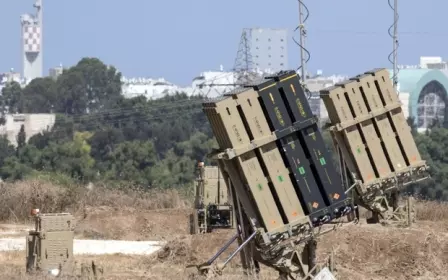US army decides against purchasing more Iron Dome batteries: Report

The United States army has decided against purchasing Israel's Iron Dome after conducting its first domestic test of the aerial missile defence system earlier this summer, Defense News reported.
Citing unnamed sources, Defense News reported on Wednesday that Washington opted for a system developed by Dynetics after comparative tests between the two systems in New Mexico last month.
Under a 2019 agreement, Israel sold two Iron Dome batteries to Washington, the first being delivered in late 2020 and the second in January 2021 for a cost of $373m.
But in March of this year, the US army said it was reconsidering plans to buy additional Iron Dome systems because they could not be integrated into American-made air defences.
"We believe we cannot integrate them into our air-defense system based upon some interoperability challenges, some cyber[security] challenges and some other challenges," US General Mike Murray, commander of Army Futures Command, said in March.
The US has contributed $1.6bn in funding to Israel's Iron Dome system since 2011 and the American defence company Raytheon is a partner with Rafael in the production of Iron Dome subsystem parts that are produced throughout 15 states in the US.
Still, one of the challenges cited in procuring more Iron Dome batteries was Israel's reluctance to share the system's source code, which would be necessary in order to integrate it with other US missile defence systems.
"What you're probably - almost certainly - going to see is two standalone systems, and if the best we can do is standalone systems, we do not want to buy another two batteries," US General Mike Murray stated last year when asked about the possibility of further purchases of Iron Dome batteries.
US to replenish Israel's Iron Dome
The Iron Dome is a short-range anti-rocket system that uses targeting systems and radar to detect projectiles. Once located, it then fires Tamir interceptor missiles at the projectiles.
The system is specifically designed to fire at projectiles only targeting strategic locations, such as population centres or military installations.
Since it became operational in 2011, Israel has deployed 10 batteries across the country, each with three to four launchers capable of firing 20 interceptor missiles.
The Iron Dome has been used by Israel to intercept projectiles from both Hamas in Gaza and Hezbollah forces in Lebanon. According to the Israeli government, during the most recent escalation with Hamas in May, it had a roughly 90 percent interception rate.
Despite concerns about integrating the Iron Dome with other US missile systems, many in congress have backed further purchases of the batteries.
In 2018, a bipartisan group of 40 lawmakers signed a letter asking for the purchase of Iron Dome batteries, stating it could provide "an important near-term capability to US forces as well as a surge production capacity if we or Israel required the system in a time of crisis".
Following an attack last year on a military base in Iraq housing the international coalition against the Islamic State group, the head of Army Space and Missile Defense Command was asked if the Iron Dome would have protected US troops. "We know that Iron Dome has a combat-proven capability," Lieutenant General Daniel Karbler told the Army Times.
"I've got to assume that it would have worked, given it was in the optimal state of readiness as well as positioned to defend that particular asset," he added.
On Wednesday, US Secretary of Defence Lloyd Austin told Israeli Prime Minister Naftali Bennett that the Biden administration was working to fulfil Israel's request for $1bn in emergency funding to replenish the Iron Dome.
"The administration is committed to ensuring that Iron Dome can defend Israeli civilian population centers targeted by terrorist attacks," Austin said, adding that the system "is going to save more innocent lives".
Middle East Eye delivers independent and unrivalled coverage and analysis of the Middle East, North Africa and beyond. To learn more about republishing this content and the associated fees, please fill out this form. More about MEE can be found here.






